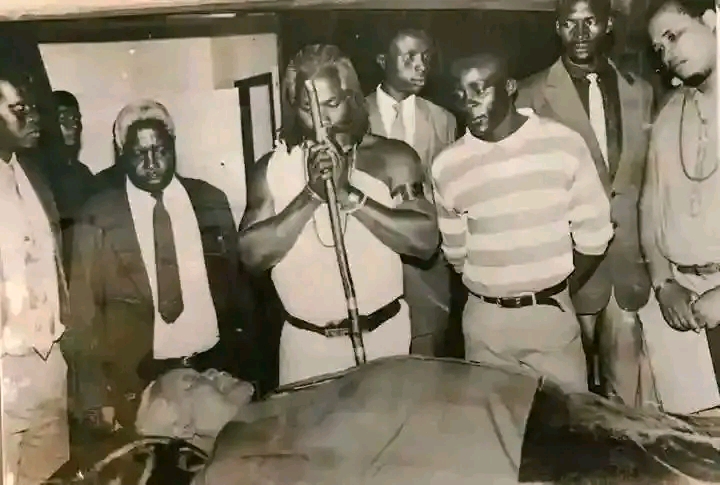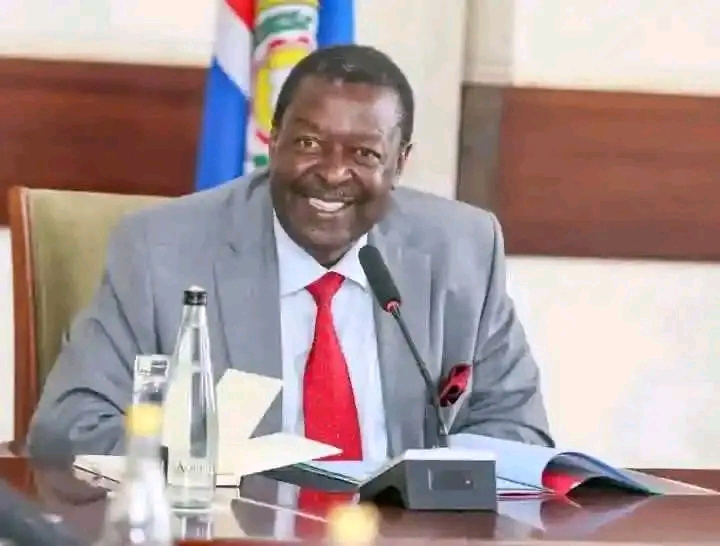
1994: Jaramogi’s body lies at Lee Funeral Home, for public viewing. Prayers were being led by Ngonya Wa Gakonya.
Jaramogi Oginga Odinga’s health struggles in the years leading up to his death in 1994 were marked by a gradual decline, primarily due to age-related ailments.
Sources indicate that Odinga, who was 82 at the time of his death, suffered from heart-related issues, culminating in heart failure on January 20, 1994, at his home in Kisumu, Kenya. His death was confirmed by Aga Khan University Hospital in the region.
His health had been frail for some time, with reports noting he was less active in public life during his final years due to physical limitations.
Despite this, he remained politically engaged, continuing to advocate for multi-party democracy and social justice.
His advanced age and the cumulative stress of decades in politics, including periods of house arrest and detention under the Moi regime contributed to his weakened condition.
His death was described as peaceful, surrounded by family, with no evidence of foul play.
The body of Jaramogi lies at Lee Funeral Home and is being viewed by the public. Praying is Ngonya Wa Gakonya-1994🇰🇪
Jaramogi Ajuma Oginga Odinga was a Kenyan politician who became a prominent figure in Kenya’s struggle for independence. He served as Kenya’s first vice-president, and thereafter as opposition leader.
Jaramogi Ajuma Oginga Odinga (Oct 1911–Jan 1994) was a key figure in Kenya’s independence struggle, serving as the first vice-president and later as opposition leader. His legacy is honored by the Jaramogi Oginga Odinga Mausoleum and Museum in Kang’o, Bondo, Kenya, showcasing artifacts related to him, political figures, and Luo culture. The book “Not Yet Uhuru” unravels the political feud spanning over five decades between the Odinga and Kenyatta families, shedding light on the ongoing political competition between the sons of Kenya’s founding fathers.






